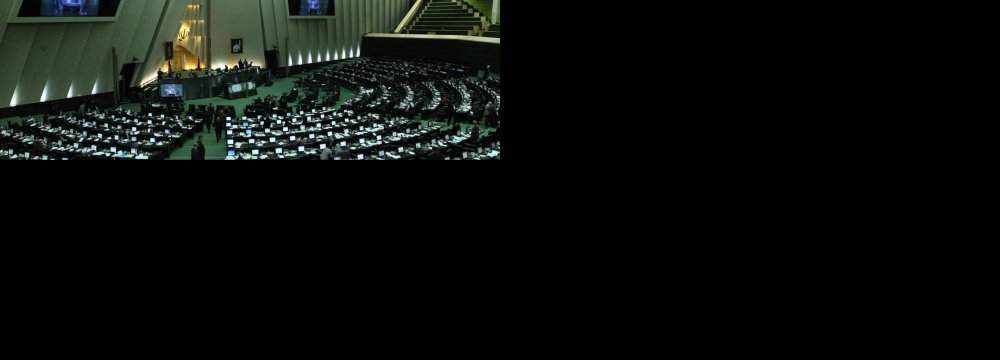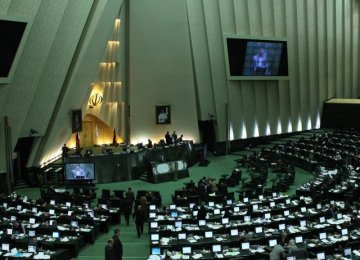T he Central Bank of Iran must now pay the difference between the official and market exchange rates to importers up to the year ending March 2013.
According to the parliamentary ratification, the rial difference between the two exchange rates for all imported goods and services that were brought into Iran before March 20, 2013 will be paid by the central bank to the importers.
The new law is aimed at reducing the losses incurred within industries by the depreciation of the rial and volatility in foreign exchange prices in prior years.
In 2013 the rial plunged in the currency markets, losing over 70 percent of its value. High volatility levels were also a theme at the time. The US dollar peaked went over 40,000 rials but government’s exchange rate lagged behind at 10,000 rials per dollar. The official exchange rate was raised to 12,000 rials, 18,000 rials and 26,000 rials within lapses of time.
Currently the market rate for the greenback is 29 percent higher than the official rate.
Importers must provide proof that they actually imported goods into Iran. During the turmoil that took the Iranian foreign exchange market following the intensification of sanctions in 2012, many importers just bought dollars at the official rate from the banking system on the pretense of imports, but sold the dollars in the free market and took profit from the difference. Market exchange rates were about 2-3 times more than the official rates at times.
The central bank will pay the money from the increase in the rial value of its foreign assets, following the revaluation of the official exchange rate for the rial – effectively a license for printing money.
According to the law, the central bank has to prepare a report about these payments on a quarterly basis and send copies to the Supreme Audit Court of Iran and the economic and budget committees of the parliament.
The rial’s fall was the result of economic misconduct by the former president Mahmoud Ahmadinejad and the failure of talks between Iran and the West regarding the scope of Tehran’s nuclear energy program which led to the emplacement of severe sanctions by the United Nations, European Union and the United States.
The main sanctions include an embargo on Iran’s oil exports, bans on transactions with Iranian banks and their partners and expulsion of the CBI from the interbank information network SWIFT. Over $100 billion of Iran’s assets were blocked overseas as a result, US officials say.
Within months of the new administration taking office, Iran changed its negotiating tactics.
An interim accord struck on Nov. 24, 2013, yielded steps by Iran to curb aspects of its nuclear activity, including higher-grade enrichment, in return for a measure of relief from economic sanctions. But last November, the two sides failed for a second time to meet a self-imposed deadline on ending the standoff and extended the period until June 30, 2015.
Iran and the six world powers – the United States, Russia, China, France, Britain and Germany – are to resume low-level talks on Tehran’s nuclear activities in Geneva on Jan 15, but gaps remain in their positions, according to officials from both sides. Among sticking points are the scope of uranium enrichment, the number of centrifuges and pace and sequencing of sanctions relief.





